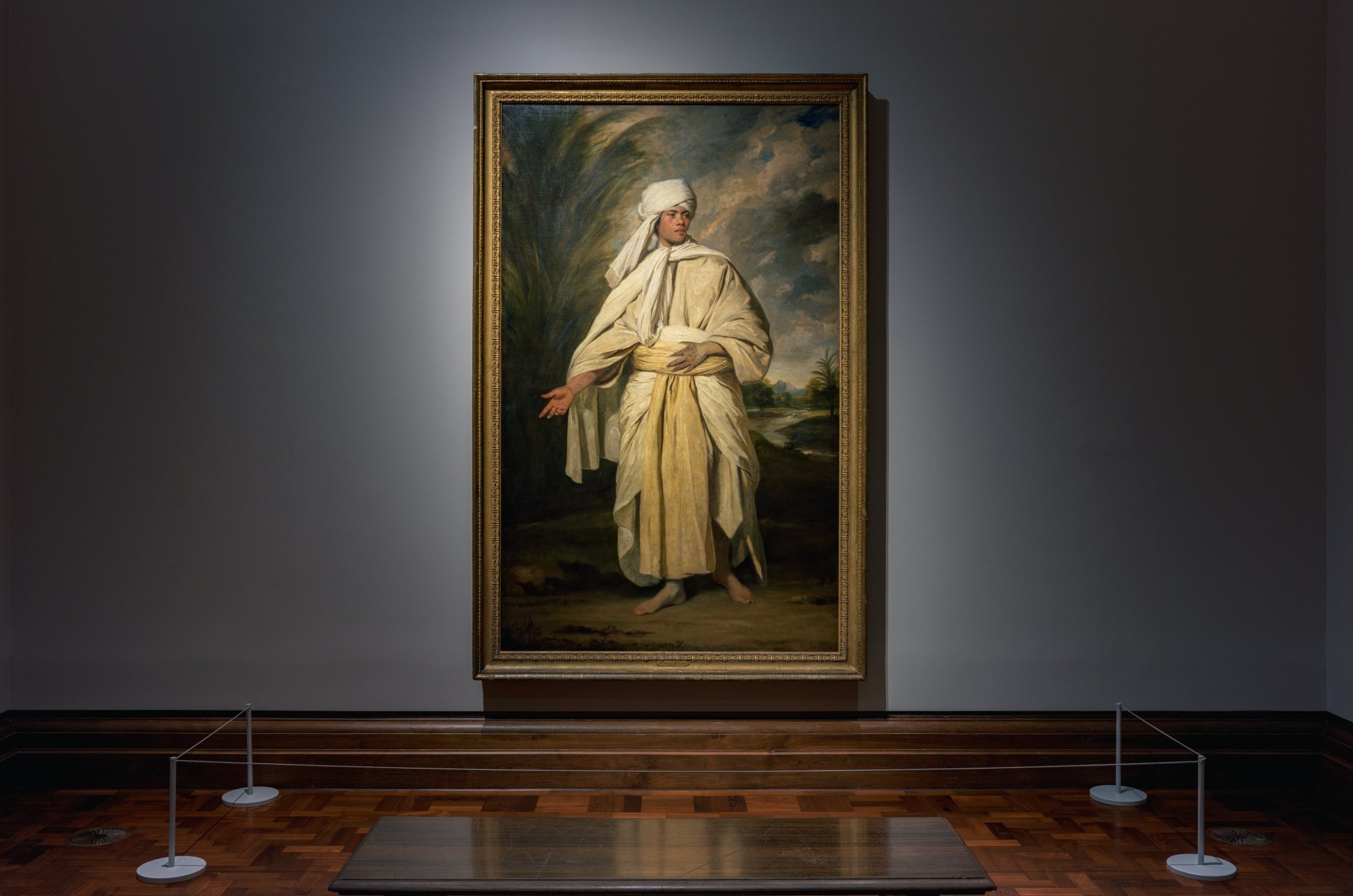A Voyage of Discovery: Unraveling the Mysteries of Mai's Portrait
The enigmatic "Portrait of Mai (Omai)" by Sir Joshua Reynolds, painted around 1776, instantly caught my curiosity. As I gazed upon this captivating work, it stirred a sense of wonder about the adventures and experiences of travel during the late 17th century. The more I studied the details, the deeper my intrigue grew.
Joshua Reynolds, Portrait of Omai (Mai), c1776, installation view : Courtesy National Portrait Gallery
The Joys of Travelling
Exploring new places and embarking on adventures has always been a rewarding experience. It's a journey of self-discovery, an opportunity to broaden our horizons, and a chance to learn about different cultures and lifestyles.
I recall my first trip to Egypt with my parents as a child. At that time, it was the furthest I had ever travelled. Despite my young age, I still have vivid memories of seeing the mummies, visiting the incredible temple in Luxor, and the unforgettable experience of jumping into the pool on the deck of our boat.
The Subject
The subject, Mai (Omai), is portrayed as an exotic figure standing barefoot in a pastoral setting with palm trees and pristine nature.
His white turban and flowing white-cream robe hint at a cultural blend. While Tahitians didn't actually wear turbans back when Cook first encountered their costumes around 1770 (link), the painting captures a collision of different worlds coming together. Its mix of realism and romanticized elements continues fascinating viewers by offering a window into an intriguing, distant past.
In essence, the painting encapsulates a moment in time when disparate worlds collided and mingled. It continues to captivate viewers with its blend of realism and romanticism, offering a glimpse into a past both distant and intriguing.
Thoughts
The more I studied the painting, the more questions arose: Who is this person? Is he part of royalty? Was he painted in his homeland or in the England? What led him to board a ship to the UK at a time when it was uncommon to do so? Was he there for trade, or was he driven by a desire to explore lands and cultures far removed from his own?
Mai was one of the first Polynesians who joined the crew of Captain Cook in Tahiti. Painted by one of Britain's greatest artists of the time, he became something of a celebrity. He inspired people to write about him, paint him, and even write plays about him.
Mai is also the second person from Tahiti to visit Europe. (source: Joshua Reynolds: Portrait of Mai (Omai) saved by US and UK funds - BBC News) He spent two years in London where he lived with a scientist and socialite named Joseph Banks. Banks, who met Omai in Tahiti, was interested in observing a man from a different culture (source: Mai (Omai) - Person - National Portrait Gallery).
Where Can It Be Seen?
The portrait has been jointly acquired by The National Portrait Gallery and The Getty Museum. It will first be shown in London on the 22nd of May and then travel to Los Angeles to be displayed at the Getty.
Philosophy on Adventure/Travels
The Stoics, a group of ancient philosophers, had a unique perspective on adventure and travel. They believed that the journey is more important than the destination. They saw travel not as a luxury, but as a means of obtaining wisdom and understanding the world.
Seneca, a prominent Stoic philosopher, once said, "Travel and change of place impart new vigor to the mind." This quote encapsulates the Stoic view on travel - it's a chance to freshen up our minds, challenge our preconceptions, and gain new insights - To open up to the world.
Just like Mai, we too can embark on our own adventures, whether it's exploring a new neighbourhood or city, learning a new skill, or simply stepping out of our comfort zones. Each adventure, no matter how big or small, offers an opportunity for growth and self-discovery.
So, let's take inspiration from Mai's decision to discover far lands and embrace the spirit of adventure. After all, life itself is the greatest adventure of all.
Hodges, William; A View of Matavai Bay in the Island of Otaheite, Tahiti; Yale Center for British Art; link



